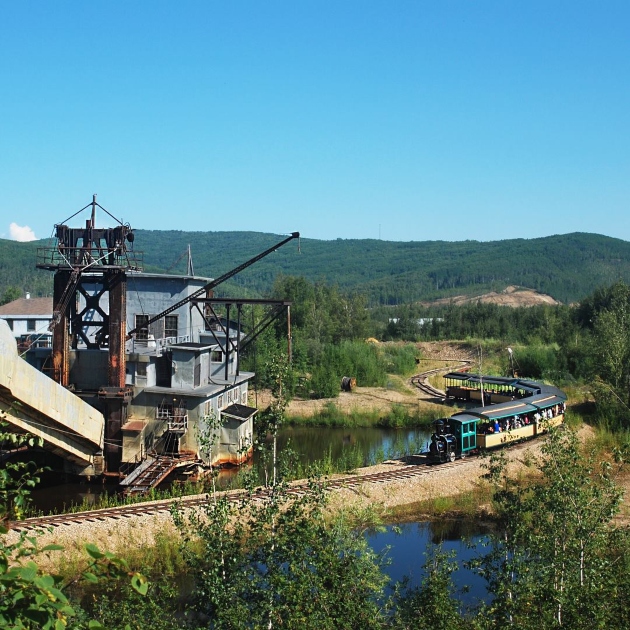To Loos and beyond
Ray Olson, a retired pulp mill worker, and his wife, Gail, have been RVing most of their married lives. They have travelled extensively throughout B.C. and Alberta and to Mexico since converting an old Bluebird school bus to a camper years ago.
But last spring, the couple set out on a different sort of trip—down memory lane—visiting the estranged inhabitants of Loos, B.C., to piece together the history of Ray’s family.
Ray knew that Loos, a small community about 110 miles east of Prince George, was founded by his grandfather Ole Liaboe Olson, who was commonly known as Ole Leboe. Ray knew that Leboe came from Norway in 1917, and that his sons, Bert and Wilfred Leboe, founded the Leboe Brothers Sawmill in Crescent Spur, not far from McBride, in the 1940s—but Ray said there were many different versions of how and when things happened. To set the record straight, Ray decided to write a book about his family’s origins.
“There’s not much left (in Loos) anymore,” said Ray, noting that the mill has closed down and the schoolhouse has been dismantled. “Over the years, the area between Prince George and McBride has fallen into decline with the centralization of the forest industry into Prince George, and a lot of small communities like Loos have ceased to exist.”
A self-professed history buff, Ray said he perceived a void in the history of the area and so he set out to fill that void.
To compile information for the historical book, Ray and Gail toured Alberta and B.C., talking to dozens of people who once lived and worked in and around Loos. They recorded roughly 80 first-hand accounts of life in Loos and also gathered up as many photos as they could find.
On May 19, Ray self-published the collection of stories and photos tracking the history of the Leboe/Olson family's migration from Norway to northern B.C. under the title From Liaboe to Loos and Beyond.
According to Ray, the project was an “intrinsically rewarding experience,” unearthing stories so interesting that the history rooted in the small community sometimes took him by surprise.
“There was one individual that I had known for many years as a child and later in life, and to me, he was always just a truck driver,” said Ray. “But I learned that he was involved in a fishing camp up in the Arctic. He took a cat train across the high Arctic right from Banks Island all the way across Victoria Island, about 300 miles.”
Ray learned that this man, having no compass and no landmarks to guide him on the journey, had worked with the famous Canadian bush pilot Martin Hartwell to remain on course.
“That was very interesting,” said Ray. “He even had a log book that Martin Hartwell had signed.”
Ray said he found that in those days, life in Loos meant you had to “do it on your own and succeed or fail.” But he also found that people still knew how to kick back and have some fun.
“Back then, Crescent Spur was a religious area,” he said. “But not everybody in the community was going to church every Sunday, if you know what I mean.”
Ray said that dances and parties were held right under the watchful eye of church representatives dubbed the “prohibition patrol.”
“A representative from the religious side of the community would come around to check to see that no alcohol was being consumed—and alcohol definitely was being consumed,” he said wryly. “But they had a good early warning system: when the prohibition patrol was on their way over, everybody would set out sandwiches and coffee and make sure the alcohol was hidden.”
Nowadays around Prince George, Ray said opportunities for people to enjoy themselves are everywhere to be seen.
Since the early 1900s, Crescent Spur has become known as one of the friendliest helicopter skiing communities in the area, with residents who have lived there since Ray was a child operating the Crescent Spur Heli Skiing adventure company and five-star lodge.
In Prince George itself, Ray said he would recommend the Prince George Railway and Forestry Museum to visitors.
“They have old coaches, engines, body equipment and an old CNR station house,” he said. “I held my book launch there.”






